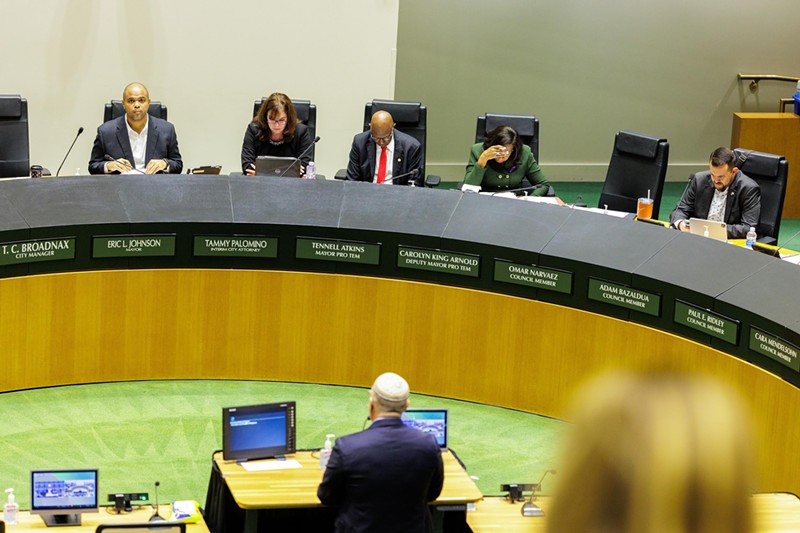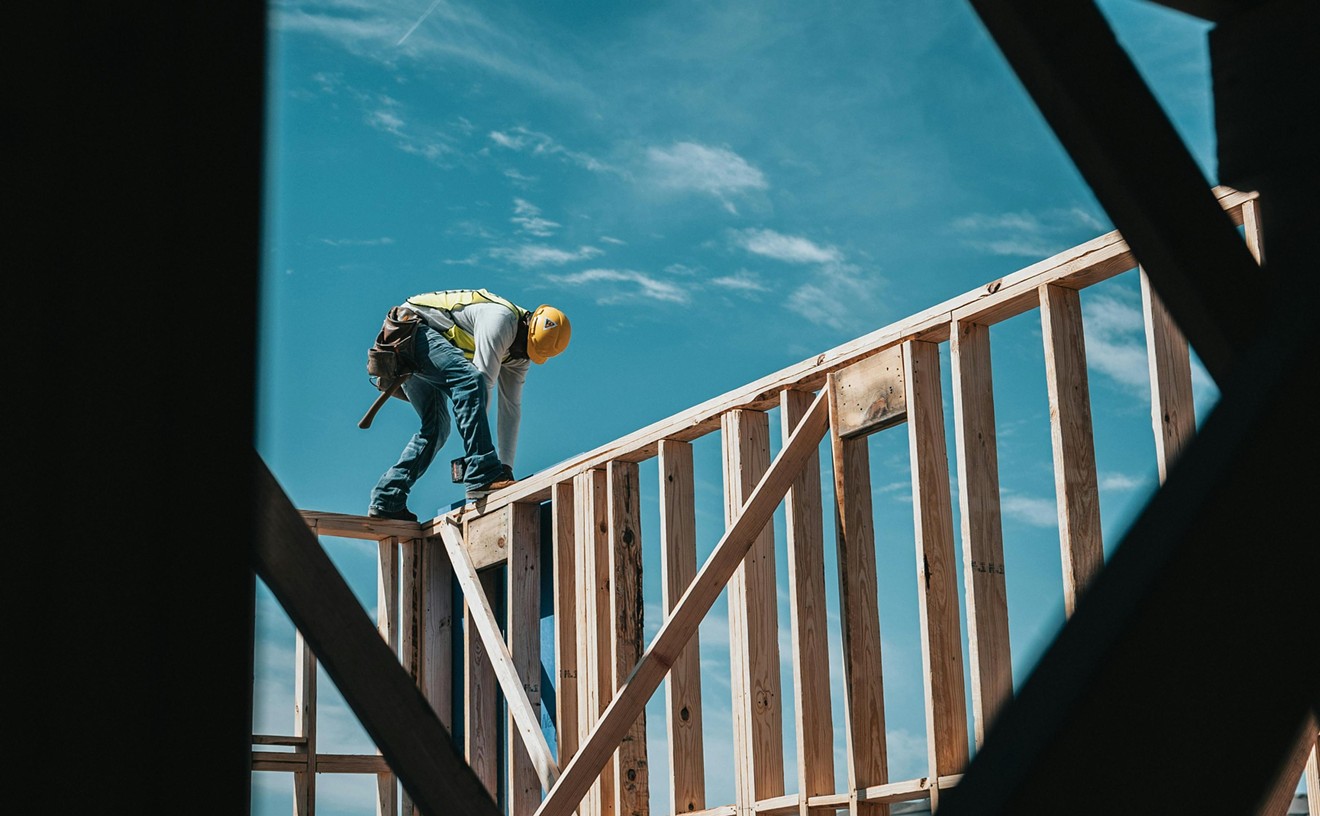Commonly known as the 3,000-square-foot rule, the Dallas Development Code regulation allows for the demolition of residential structures of 3,000 square feet or less in historic districts that have been declared substandard urban nuisances. This process is generally initiated through property owners or building inspections and bypasses the city’s Landmark Commission. But residents have feared that the legacy of the neighborhood is being torn apart too easily.
In a memo this month, Assistant City Manager Majed A. Al-Ghafry said, "Although this subsection of the ordinance is applicable to all historic districts, it disproportionately impacts our predominantly Black and Brown and lower-income historic districts because those districts include many of the ‘declared substandard’ houses.”
The ordinance was originally adopted to address structures that were considered urban nuisances and to prevent blight and protect the public health, safety and wellbeing of residents, Al-Ghafry said.
“However, from 2010 to 2023, according to information from the Historic Preservation Office, this ordinance has disproportionately impacted historic districts with predominantly African American populations,” he said. "Specifically, 35 historic homes have been demolished in the Tenth Street Historic District and six homes have been demolished in Wheatley Place.” He said the default for these homes became demolition rather than rehabilitation.“For me, that’s a bittersweet deal." – Larry Johnson, Tenth Street Residential Association
tweet this
Al-Ghafry said the city has other mechanisms to demolish substandard or hazardous structures outside of the 3,000-square-foot rule, so it’s not needed. “These options would remain in place and provide sufficient recourse to address hazardous or potentially hazardous structures,” he said.
The City Plan Commission voted unanimously in mid-January to remove the 3,000 square foot rule from Dallas’ development code. The City Council will take this up for consideration at its meeting on Feb. 28.
Larry Johnson, a member of the Tenth Street Residential Association and of the neighborhood’s task force for Dallas’ Landmark Commission, said he’s happy this rule may be repealed but questions why it took so long. “For me, that’s a bittersweet deal,” Johnson said. “I just think it’s ironic that they decide to repeal the 3,000-square-foot rule at a time where all of the historic districts are in trouble, including the white ones.”
He said there are development pressures surrounding many historic districts that could threaten their survival and that most of these types of neighborhoods don’t have structures over 3,000 square feet. “You have a lot of structures in white historic districts that are under 3,000 square feet and I find it really interesting that this rule doesn’t get eradicated until they’re in trouble,” Johnson said, referring to gentrification and new home development.
“How come it wasn’t stopped in 2011 or 2012 or when I got involved in 2018,” Johnson asked. “You know, all these structures we’ve lost over a rule that never should have been ... I want to be happy, I do. But so much damage has been done.”












